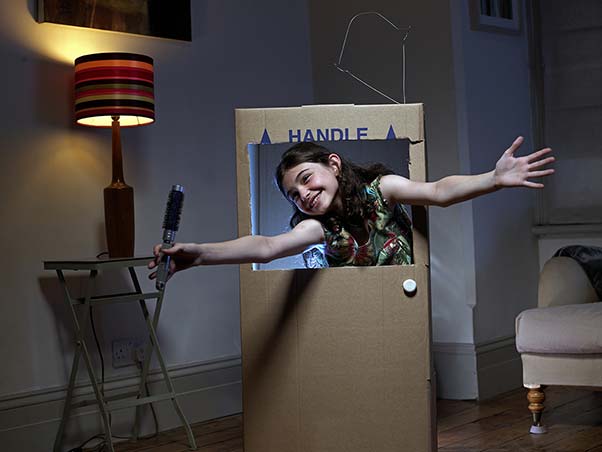Not long ago, a photographer and antique camera collector came across a very old camera that he had bought to add to his collection. To his surprise, the camera contained undeveloped film inside that was almost 100 years old. The collector carefully developed the photos from the camera and discovered, to his delight (and amazement), that there were several pictures that were still in good condition. It turned out that the pictures documented the final days of World War One. This story gathered international attention soon after it happened for several reasons, not the least of which was the fact that the photos somehow survived when they should have been ruined long ago. While this batch of pictures miraculously endured years of neglect, most photos are not that fortunate. Most of the time, photos are ruined if proper storage is not planned for and implemented. There is no reason to play Russian roulette with your valuable photos, however. If properly stored, photos can be preserved for many lifetimes. Since photos are so valuable, you may be asking how to store old photos. Here are some tips to help ensure your precious photos are around for future generations to enjoy.
Stay Organized
The first step in preserving a photograph is identifying the subject. To help you identify and remember the details of a photo, write as much as much description as necessary on the back. Be sure to include details such as who is in the picture, dates and ages of the people in the picture, where it was taken, etc. Always use a pencil or permanent marker to write details about the photo on the back. Never use a ballpoint pen, which could easily damage the photo, especially if it is an old photo.
Handle with Care
You should handle photos as little as possible. Oils left behind by your fingers can cause dirt to collect or possibly lead to mold growth. When you must handle your photos, try to avoid touching the image side to limit damage. Older photos should be handled with special care as they can be prone to breaking.
Keep Your Photos in a Safe Place
Much like art, antiques, or wine, temperature, humidity, and direct sunlight are the greatest enemies of long-term preservation. When it comes to photos, however, this is especially true. Photographs must be stored in a safe place that has mild temperature, moderate humidity, and little direct sunlight to protect them from warping, cracking, or fading. This pretty much rules out basements, attics, and garages with their extreme variations in temperature and humidity. Experts recommend a climate-controlled location with temperatures between 65 and 75 degrees Fahrenheit and moderate humidity. Excessive moisture should be avoided at all costs as it could lead to photos sticking together, curling, or mold growth. Interior closets and climate-controlled self-storage facilities are ideal for storing photos.
Choose the Right Storage Device
There are a number of photo storage devices on the market, from simple photo albums to custom matting. The decision on what to store your photos in depends a lot on personal preference as well as how often the pictures will be accessed. All materials used to store photographs should be non-acidic and pass the Photographic Activity Test (PAT). Checking for fading, staining, and general longevity, this test evaluates how well materials will hold up for photo storage and archival purposes. Storage materials that meet these standards are widely available and easy to find.
Backup
You should make sure that all your physical photos have a backup copy (negatives or another copy) stored in a safe place separate from the originals in case they are damaged. You can also put your photos onto a computer using a scanner. There are companies that will do this for you as well if you have a lot of photos to scan. Having a digital copy is always a great idea.
With a majority of photos taken with digital cameras these days, there is a wide variety of online photo sharing and storage locations to save and keep track of digital photos. Cloud storage services such as Google Photo or Dropbox can be great places to back up your digital photos. If you aren’t comfortable putting all of your old family photographs in cloud storage, you can always store them in an external hard drive or flash drive as well. Many of these photo-sharing sites also offer printing services so you can create books, cards, and other media to show off your pictures. Some of these sites will even print your pictures onto a canvas that you can display as art in your home.
If you are looking for a safe place to store your photos, Price Self Storage can help. Price Self Storage offers a variety of storage unit sizes and types so that you can keep your belongings safe! With Price Self Storage, you can store anything! If you’re looking for how to store old books, how to store comic books, or even how to store a motorcycle, Price Self Storage has got you covered!










